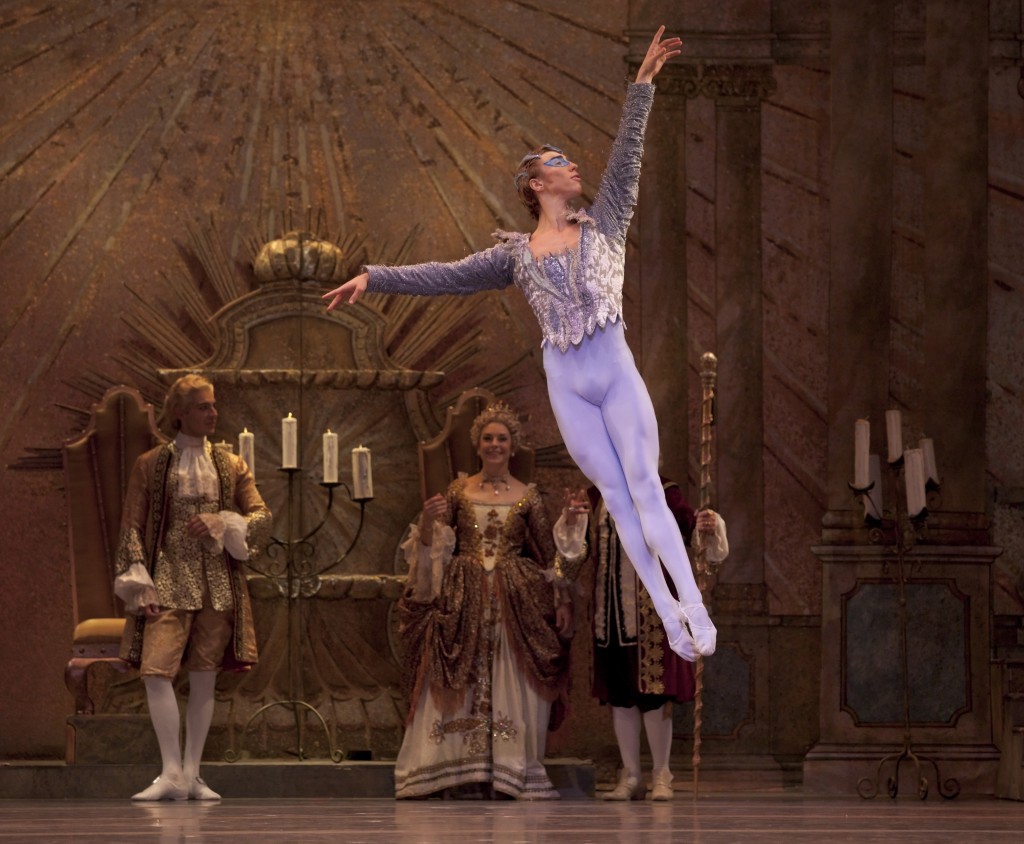Martha Ullman West, Art Scatter’s chief correspondent, shares some modern and classical moments with dancer/choreographer Rachel Tess and rediscovers that the distance between old and new is often whisker-thin.
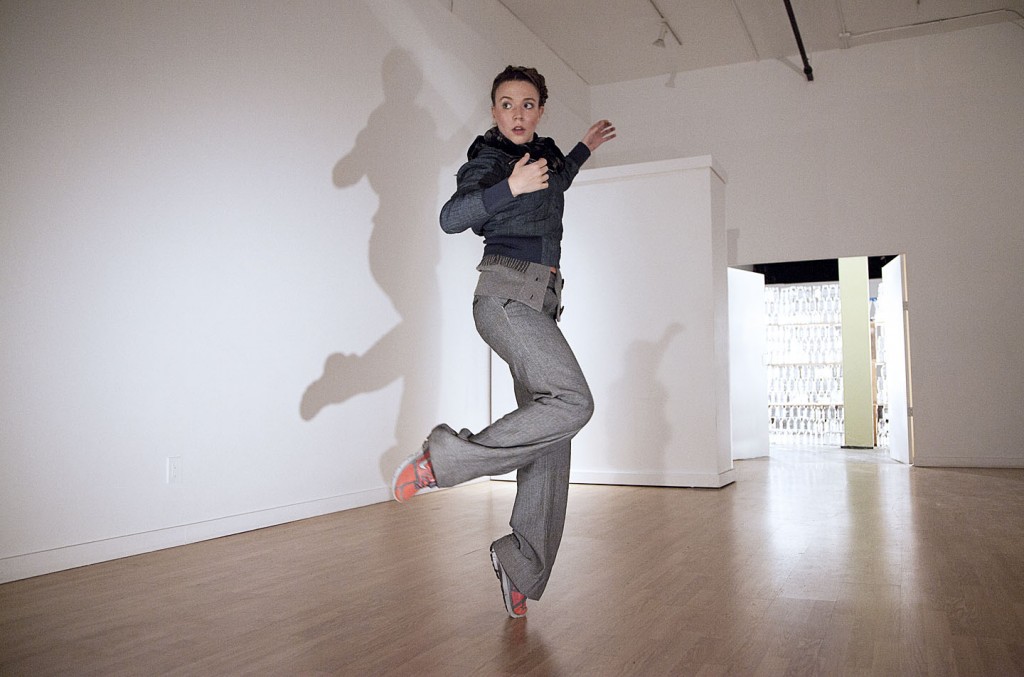
By Martha Ullman West
I took thoroughly modern choreographer Rachel Tess to the opening matinee of Balanchine’s The Nutcracker with me on opening day last Saturday, the day after seeing her compelling tour de force of a solo show, Once a Fool…
Dressed in bright blue cotton trousers, running shoes, and a couple of layers of sweaters and tops, backed by an installation of glass canning jars, Tess in a half hour of a capella movement took us in Once a Fool through a soliloquy of rage and regret, gaiety and bemusement, sometimes using jagged angular movement, other times movement as rhythmic and insouciant as an old-time hoofer.
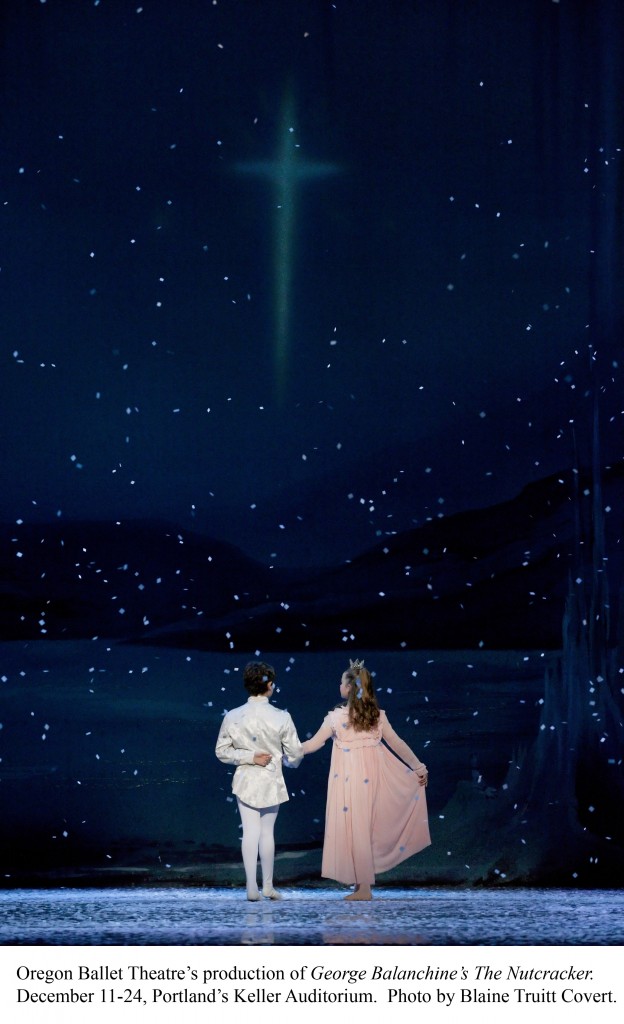 Whatever and wherever Tess is performing, whether it is in her friend Paige Prendergast’s Breeze Block Gallery last Thursday and Friday, or at Disjecta during a heat wave the summer before last, she has the presence and confidence of modern/contemporary dancers and choreographers who are far more experienced than she.
Whatever and wherever Tess is performing, whether it is in her friend Paige Prendergast’s Breeze Block Gallery last Thursday and Friday, or at Disjecta during a heat wave the summer before last, she has the presence and confidence of modern/contemporary dancers and choreographers who are far more experienced than she.
Or are they? Tess is a Portland girl, who as a child danced Clara in James Canfield’s first Nutcracker for what was then Pacific Ballet Theatre. She danced other roles in his second version for Oregon Ballet Theatre (in which Clara becomes Marie, as she is in Balanchine’s version, and in Canfield’s later, beautiful take, in which she’s performed by a small-sized company member, such as Vanessa Thiessen).
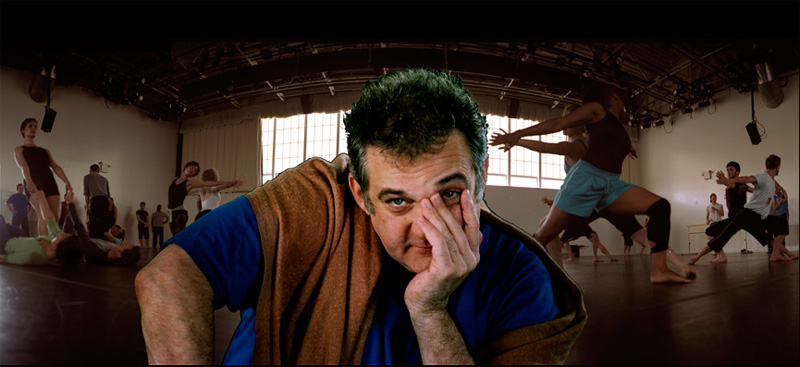
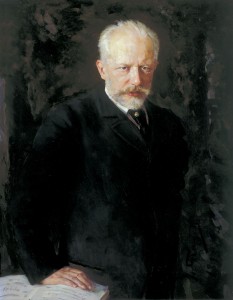 You still occasionally hear people refer to it as Morris’s winking bad-boy spoof of the ubiquitous holiday story ballet, but people who think that about it (a) aren’t paying a lot of attention to the dance itself, and (b) apparently haven’t read the
You still occasionally hear people refer to it as Morris’s winking bad-boy spoof of the ubiquitous holiday story ballet, but people who think that about it (a) aren’t paying a lot of attention to the dance itself, and (b) apparently haven’t read the 